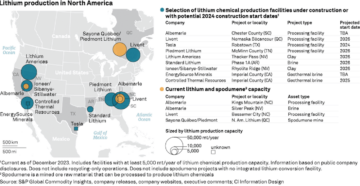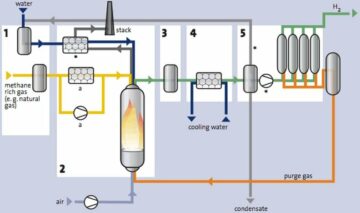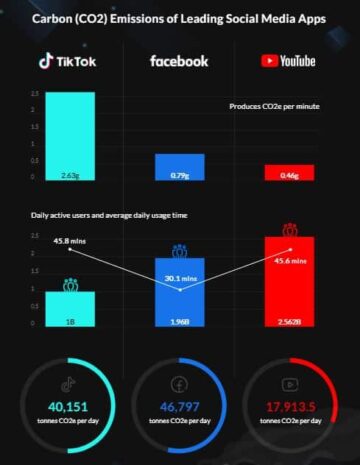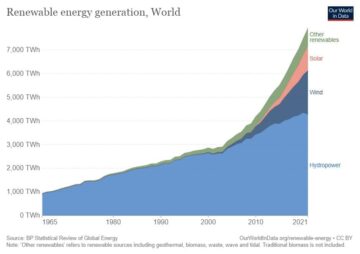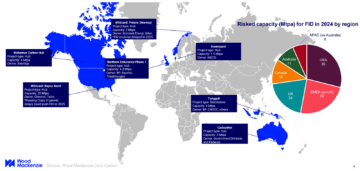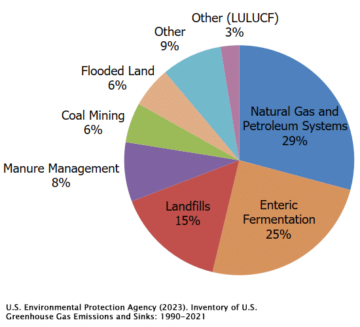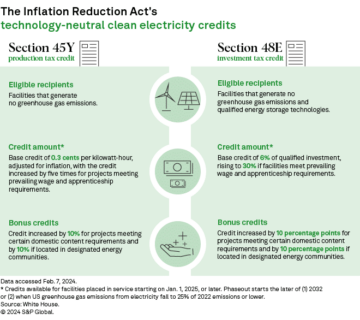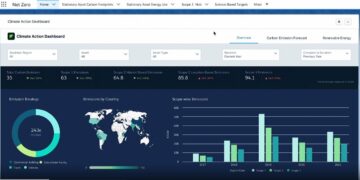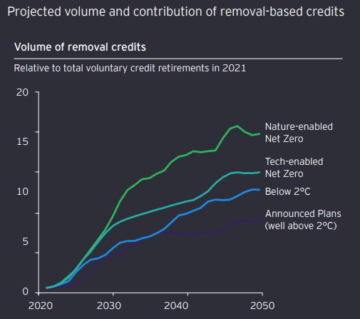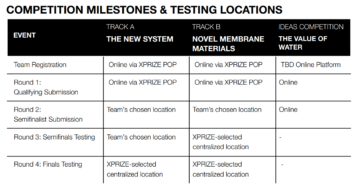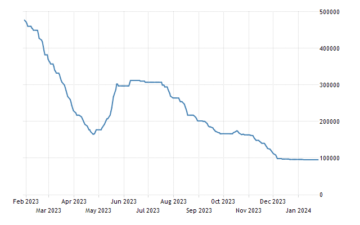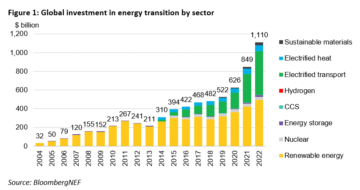About 23% of global greenhouse gas emissions are now subject to carbon pricing mechanisms, which collectively raised $100 billion in 2022 alone, according to a recent report by the Carbon Market Institute (CMI).
The report is a part of CMI’s International Carbon Market Update for 2024. It provides insights into global carbon pricing and policy as well as investment trends in decarbonization efforts.
CMI is a member-based institute with over 150 members. They include various stakeholders such as primary producers, carbon project developers, Indigenous organizations, legal and technology firms, insurers, banks, investors, corporate entities, and emission-intensive industries.
Driving Decarbonization: Carbon Markets Surge
In the global battle against climate change, financing the transition to a low-carbon economy is paramount. Carbon markets emerge as a pivotal mechanism in this endeavor, offering a pathway to channel investments towards emission reduction projects.
At the core of these markets is the principle of carbon pricing to incentivize entities to mitigate their carbon footprint.
Janet Hallows, Director of Climate Programmes and Nature-Based Solutions at CMI, emphasizes the pivotal role of a robust global carbon market in channeling finance toward decarbonization initiatives. She said that:
“The new report shows that carbon markets are already driving large amounts of finance to decarbonisation efforts that would otherwise be underfunded, with strong demand for credits resulting in record retirements since 4Q2023.”
The same trend was observed by the MSCI Carbon Markets, reporting that retirements rallied in Q4 2023. The MSCI report noted that it’s the second highest quarter on record, despite slow corporate activities. This pattern was carried over into 2024.


Despite current government pledges, the report warns that projected temperature increases still fall between 2.1°C and 2.8°C.
Hallows underscores the potential of carbon markets to help bridge the gap toward a 1.5°C trajectory. But she further emphasizes the need for strengthened integrity measures and enhanced international cooperation.
These sentiments echo recent statements by UN climate change executive secretary Simon Stiell, who highlighted the importance of ambitious actions by key countries to limit temperature rise to 1.5°C. Stiell called for countries responsible for 80% of global GHG emissions to significantly revise their emissions targets by 2025.
According to the report, there’s a total of 73 national and subnational carbon pricing mechanisms in place, raising $100 billion in 2022. For the same year, the voluntary carbon market is valued at $1.87 billion.
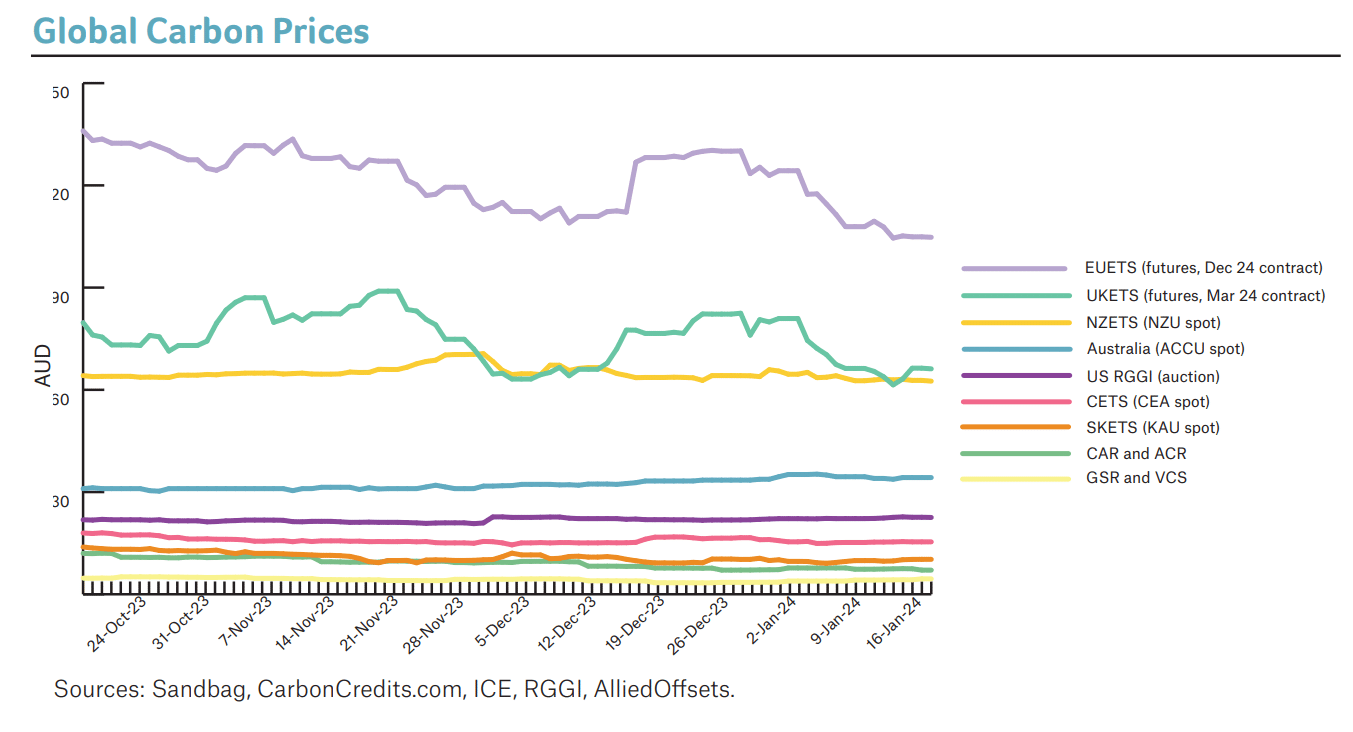

Establishing Fair Carbon Pricing at COP29
Furthermore, Stiell advocated for the establishment of a fair global carbon price, traded with integrity, to stimulate investment in renewable energy and foster innovation.
These initiatives are seen as critical steps toward achieving climate goals and will be central topics at the upcoming UN COP29 climate negotiations in November in Azerbaijan.
Hallows emphasizes the urgency of finalizing international carbon market rules at COP29. It’s the key to unlock the full potential of high-integrity carbon credits in accelerating global decarbonization efforts.
These rules, outlined in the Paris Agreement, particularly regarding a centralized global market system, are crucial for countries to strengthen their climate commitments effectively.
The report also highlighted several significant developments in the carbon market space by region and country.
Global Momentum: Regional Developments and Agreements
Canada has introduced draft rules for a cap-and-trade scheme in the oil and gas industry. In South America, Brazil’s Lower House has endorsed a bill similar to that of Canada.
Meanwhile, Turkey plans to launch its emissions trading scheme next year, and China will reintroduce its voluntary carbon crediting scheme.
Additionally, the report identifies 78 bilateral agreements signed by various countries, paving the way for trading emissions reduction units under Article 6.2 of the Paris Agreement. These units are otherwise known as internationally transferred mitigation outcomes, or ITMOs.
In Europe, the bloc is finalizing arrangements for a voluntary certification scheme for carbon removals, expectedly by next month. Over in the UK, the British government plans to introduce a Cross-Border Adjustment Mechanism similar to EU’s CBAM by 2027.
On a regional level, Singapore’s carbon tax scheme now permits liable companies to offset up to 5% of their taxable emissions using international carbon credits.
Australia’s Clean Energy Regulator is collaborating with the Australian Stock Exchange to establish a national carbon exchange. They’re creating a new register for Australian Carbon Credit Units.
The CMI report underscores the pivotal role of carbon pricing mechanisms in financing the transition to a low-carbon economy. With $100 billion raised in 2022 alone, carbon markets are driving significant investments towards decarbonization efforts globally.
- SEO Powered Content & PR Distribution. Get Amplified Today.
- PlatoData.Network Vertical Generative Ai. Empower Yourself. Access Here.
- PlatoAiStream. Web3 Intelligence. Knowledge Amplified. Access Here.
- PlatoESG. Carbon, CleanTech, Energy, Environment, Solar, Waste Management. Access Here.
- PlatoHealth. Biotech and Clinical Trials Intelligence. Access Here.
- Source: https://carboncredits.com/carbon-pricing-surge-sparks-climate-finance-boom-with-100b-raise/
- :has
- :is
- $UP
- 1
- 150
- 2%
- 2022
- 2023
- 2024
- 2025
- 6
- 73
- 87
- a
- accelerating
- According
- achieving
- actions
- activities
- Adjustment
- against
- Agreement
- agreements
- alone
- already
- also
- ambitious
- america
- amounts
- and
- ARE
- arrangements
- article
- AS
- At
- Australian
- Banks
- Battle
- BE
- between
- Bill
- Billion
- bloc
- boom
- BRIDGE
- British
- but
- by
- called
- Canada
- carbon
- carbon footprint
- carried
- cbam
- central
- centralized
- Certification
- change
- Channel
- clean
- clean energy
- Climate
- Climate change
- collaborating
- collectively
- commitments
- Companies
- cooperation
- Core
- Corporate
- countries
- country
- Creating
- credit
- Credits
- critical
- cross-border
- crucial
- Current
- data
- decarbonisation
- decarbonization
- Demand
- Despite
- developers
- developments
- Director
- draft
- driving
- echo
- economy
- effectively
- efforts
- emerge
- emission
- Emissions
- emphasizes
- endeavor
- endorsed
- energy
- enhanced
- entities
- establish
- establishment
- Europe
- exchange
- executive
- fair
- Fall
- finance
- financing
- firms
- Footprint
- For
- Foster
- full
- further
- gap
- GAS
- GHG
- GHG emissions
- Global
- global market
- Globally
- Goals
- Government
- greenhouse gas
- Greenhouse gas emissions
- help
- highest
- Highlighted
- House
- http
- HTTPS
- identifies
- importance
- in
- incentivize
- include
- Increases
- industries
- industry
- initiatives
- Innovation
- insights
- Institute
- insurers
- integrity
- International
- internationally
- into
- introduce
- introduced
- investment
- Investments
- Investors
- IT
- ITS
- Key
- known
- large
- launch
- Legal
- Level
- LIMIT
- low-carbon
- lower
- Market
- Market Update
- Markets
- max-width
- measures
- mechanism
- mechanisms
- Members
- Mitigate
- mitigation
- Momentum
- Month
- MSCI
- National
- Need
- negotiations
- New
- next
- noted
- November
- now
- observed
- of
- offering
- offset
- Oil
- Oil and Gas
- on
- or
- organizations
- otherwise
- outcomes
- outlined
- over
- Paramount
- paris
- Paris Agreement
- part
- particularly
- pathway
- Pattern
- Paving
- permits
- pivotal
- Place
- plans
- plato
- Plato Data Intelligence
- PlatoData
- policy
- potential
- Prices
- pricing
- primary
- principle
- Producers
- programmes
- project
- projected
- projects
- provides
- Quarter
- raise
- raised
- raising
- recent
- record
- reduction
- regarding
- region
- regional
- register
- regulator
- removals
- Renewable
- renewable energy
- report
- Reporting
- responsible
- resulting
- revise
- Rise
- robust
- Role
- rules
- Said
- same
- scheme
- Second
- secretary
- seen
- sentiments
- several
- she
- Shows
- signed
- significant
- significantly
- similar
- Simon
- since
- Singapore’s
- slow
- Solutions
- South
- South America
- Space
- Sparks
- stakeholders
- statements
- Steps
- Still
- stimulate
- stock
- Stock Exchange
- Strengthen
- strengthened
- strong
- subject
- such
- surge
- system
- targets
- tax
- taxable
- Technology
- that
- The
- the UK
- their
- These
- they
- this
- to
- Topics
- Total
- toward
- towards
- traded
- Trading
- trajectory
- transferred
- transition
- Trend
- Trends
- true
- Turkey
- Uk
- UN
- under
- underscores
- units
- unlock
- upcoming
- Update
- urgency
- using
- valued
- various
- voluntary
- W3
- Warns
- was
- Way..
- webp
- WELL
- which
- WHO
- will
- with
- would
- year
- zephyrnet

